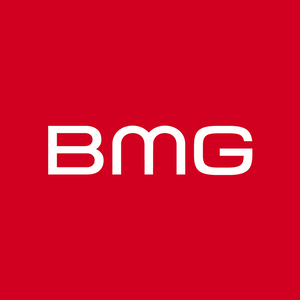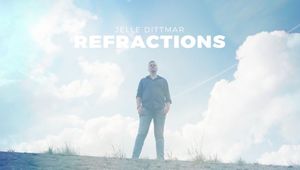
Podcast Champions and Spotify Victors: Who Will Rule Our Eardrums?

As 2019 gets off to a flying start, one end-of-year statistic stands out: digital audio advertising grew by 31% to reach $935 million in revenue in the first half of 2018.
Over the past year, advertisers have clearly amped up their investment in sound and unsurprisingly we’ve seen more brands exploring how sound can be employed in smart ways across all media channels to enhance their brand.
Alongside that, over one-third of adults listened to a podcast last month and 24 million people stream music and podcasts each week in the UK. Roll all of this in with an explosion of voice-activated devices (Amazon confirmed this month that it sold its 100 millionth Alexa unit), and digital audio presents vast new possibilities to communicate with listeners in a more targeted and less disruptive way.
Brands are having to get smarter about the way they get their message across and they’re turning to digital audio as one solution. In this age of visual over-stimulation, brands who manage their audio identity gain a competitive advantage over those who don’t. Consumers are increasingly hitting back at ads that they feel are irrelevant and intrusive. Just last week, Google announced that it will be rolling out its in-built adblocking functionality globally from July. In line with the strict new advertising standards set by the Coalition for Better Ads, Google will block ‘intrusive’ ads (such as pop-ups and auto-play videos).
As a result of this rise in sonic-led advertising, how a brand sounds is becoming more important than ever. Advertisers must be ready to get savvy with sonic strategies if they want to stay ahead of the game.
Whilst the term ‘sonic branding’ has started to slip naturally into marketers’ vocabulary - most people are probably familiar with sonic logos such as McDonald’s’ iconic ‘I’m Lovin It’ whistle, which brings the golden arches to mind in seconds, and Intel’s famous ‘Bong’ – sonic advertising is going far deeper than logos.
Most recently, Zippo successfully trademarked its signature ‘click’ in the US, with other markets set to follow. Explaining the reason behind the decision, Zippo’s brand manager cited “the increased importance – or at least the increased visibility – of a [brand’s sound] among the general population".
Diving deeper than the sonic brand, advertisers have started to invest in ‘earcons’. The audio version of visual icons (‘eye-cons’), earcons are short, helpful sounds that indicate interaction between humans and products. For example within apps: mail sent, error, etc. and the sound made by the physical object itself e.g. the beeps made by a washing machine. Done well, earcons and other sonic tools help brands engage more effectively with audiences and create value by triggering a more instinctive form of recognition.
While these may seem like arbitrary sounds, future-forward brands are increasingly embracing earcons as an important tool in their marketing arsenal. Google, Amazon, Facebook, Apple, Snapchat, NBC, and Netflix are just a few giants to have invested in this strategic use of sound. And it’s not just for tech giants; in recent years, brands such as Norwegian and BT have begun to take their audio identity as seriously as their visual one.
The more proliferated the platforms we consume become, the more your audio identity should be as much a part of a branding exercise as managing your logo or colour scheme. Consistency across formats is key. You’d think twice before approving off-brand visuals that send a confusing message and a sonic identity must also be approached with the same degree of consideration.
Stings, earcons, and jingles are most effective when part of an overarching sonic strategy - one that works seamlessly with the visual branding and thoroughly examines each touchpoint, not just in its ads, but also in-store, at events and trade shows, comms films, hold music, telephone systems, and voice-based services. The impact of incongruous and poor sound management is customer dissatisfaction, disconnection, perception of inauthenticity and inconsistency.
Sonic branding was just the beginning. For advertisers who are ready to embrace this new world and adapt their strategies effectively, enormous potential and reward awaits.
Scott Doran is Director at Altitude Custom, a BMG company that specialises in connecting advertisers with audio branding experts, award-winning Film & TV composers, arrangers, pop, rock and classical artists, sound designers, and producers.













